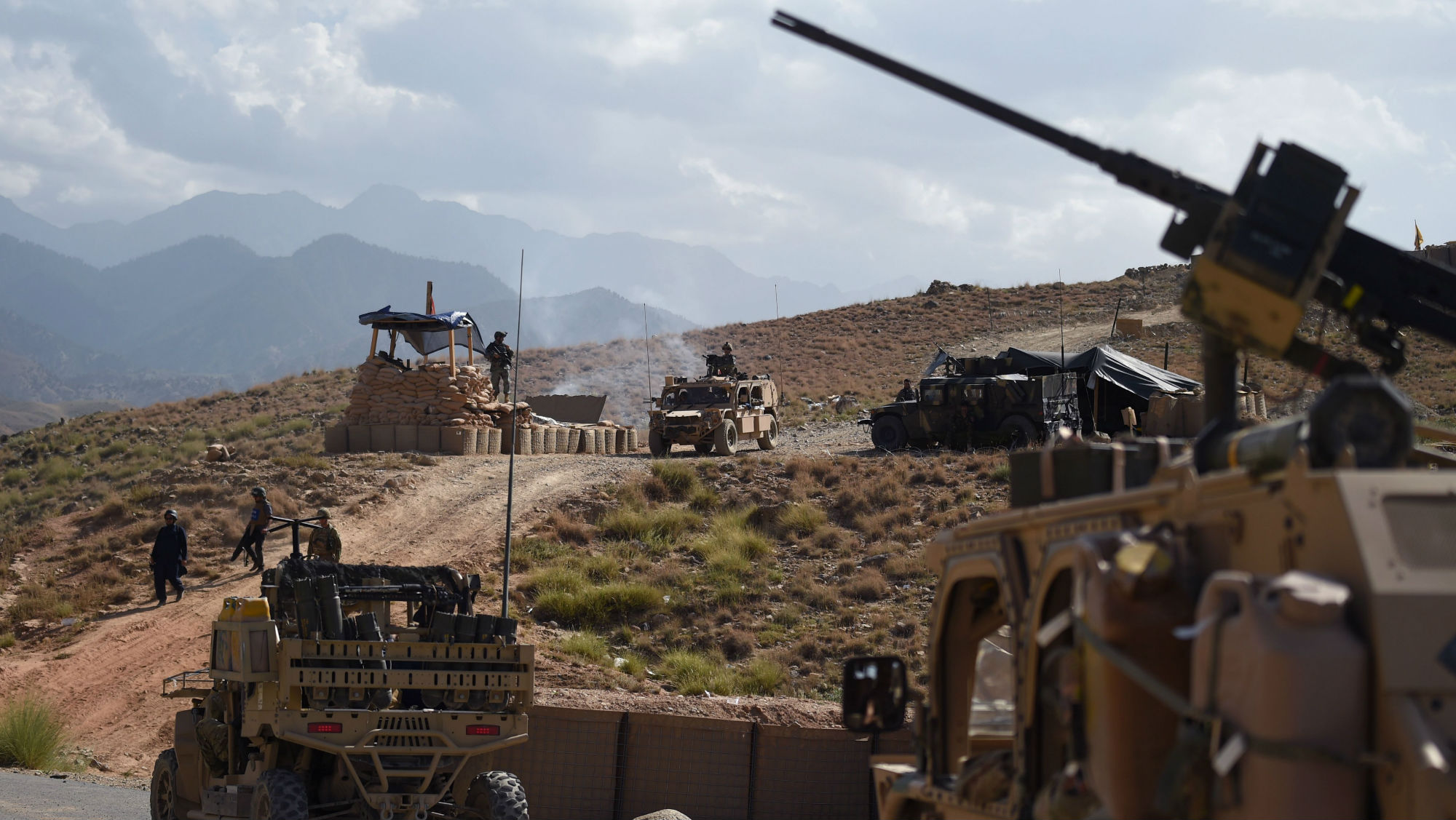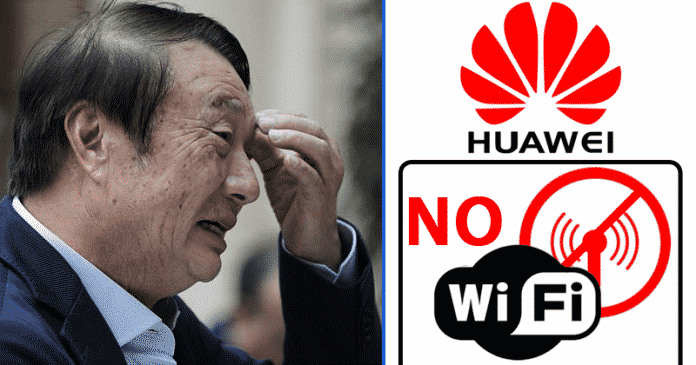Shamika Ravi
A changing global order, energy transitions and climate change and rapid technological advancement – India’s next government has the difficult task of steering the country through an interesting and crucial time. India 2024: Policy Priorities for the New Government, is a compendium of policy briefs from scholars at Brookings India, which identifies and addresses some of the most pressing challenges that India is likely to face in the next five years. Each policy brief is based on longer, in-depth and academically rigorous publications from the scholars.
For a fast-growing large democracy, human capital will be the driving force behind future growth. India must significantly invest in health and education to leverage its demographic dividend. Ayushman Bharat is a big step towards easing the healthcare burden on poor households. But to improve health outcomes, equal emphasis must be placed on the scheme’s other objective —of improving primary health infrastructure at the local level. Scaling up this initiative would require expanding and strengthening primary health infrastructure, enforcing quality standards and conducting periodic audits.




:no_upscale()/cdn.vox-cdn.com/uploads/chorus_asset/file/16256694/AP_03081304581.jpg)





